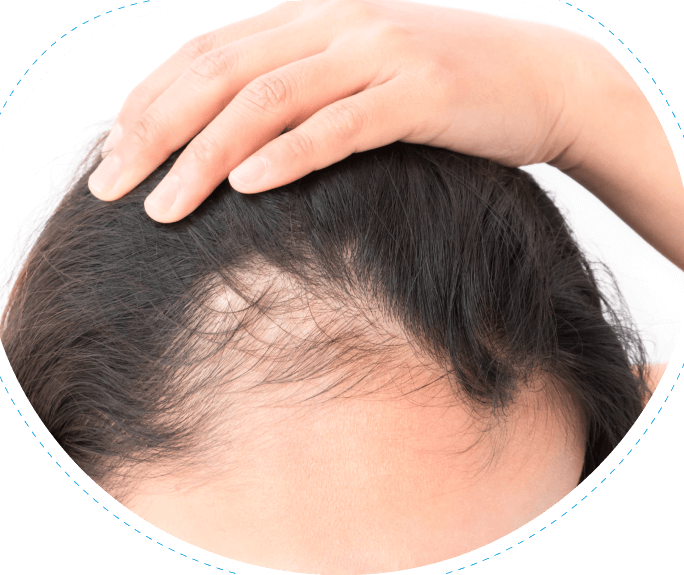
Hair transplant techniques are becoming increasingly popular for hair restoration due to the advances made in the field of hair restoration. Hair transplants are a permanent solution that can restore a balding or thinning head of hair. The process involves transplanting hair follicles from one area of the head to another. The hair follicles are typically taken from the back or sides of the head where there is a denser concentration of hair.
Follicular Unit Transplantation (FUT) is the most common type of hair transplant technique. This involves taking a strip of hair from a donor area and then transplanting it into the recipient area. The grafts can be placed in a single session or over a series of multiple sessions depending on the desired outcome.
Follicular Unit Extraction (FUE) is another common technique for hair transplant. This involves removing individual hair follicles from the donor area. The follicles are then transplanted one by one into the recipient area. This method is less invasive than FUT and can produce natural looking results.
Robotic hair transplant is a newer technique which uses a robotic device to harvest and transplant the hair follicles. This technique is more precise and minimizes the risk of damage to the donor area. The robotic device is also able to transplant multiple grafts simultaneously.
In addition to the above techniques, there are also non-surgical hair restoration procedures such as PRP (Platelet Rich Plasma) and Mesotherapy. PRP is a procedure that involves injecting a person’s own plasma enriched with platelets into the scalp to stimulate hair growth. Mesotherapy is a procedure that involves injecting vitamins, minerals, and other minerals into the scalp to stimulate hair growth.
Hair transplants are a safe and effective way to restore a balding or thinning head of hair. The techniques used will depend on the desired outcome and the amount of donor hair available. It is important to consult with a hair specialist to determine the best technique for your particular situation. With the advances made in the field of hair restoration, it is now possible to restore a full head of hair with natural looking results.